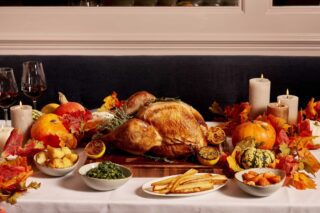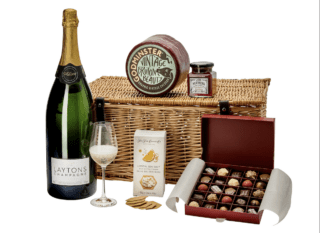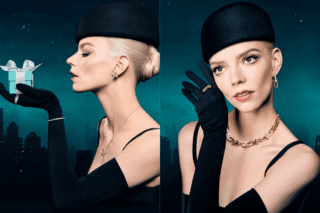This website uses cookies so that we can provide you with the best user experience possible. Cookie information is stored in your browser and performs functions such as recognising you when you return to our website and helping our team to understand which sections of the website you find most interesting and useful.
The art of isolation: we speak to the artists and galleries finding ways to bring great works into our homes
By Michelle Johnson | 12 June 2020 | Culture
In times of crisis, art becomes more important than ever. We find out how Britain’s gallerists are tackling the pandemic
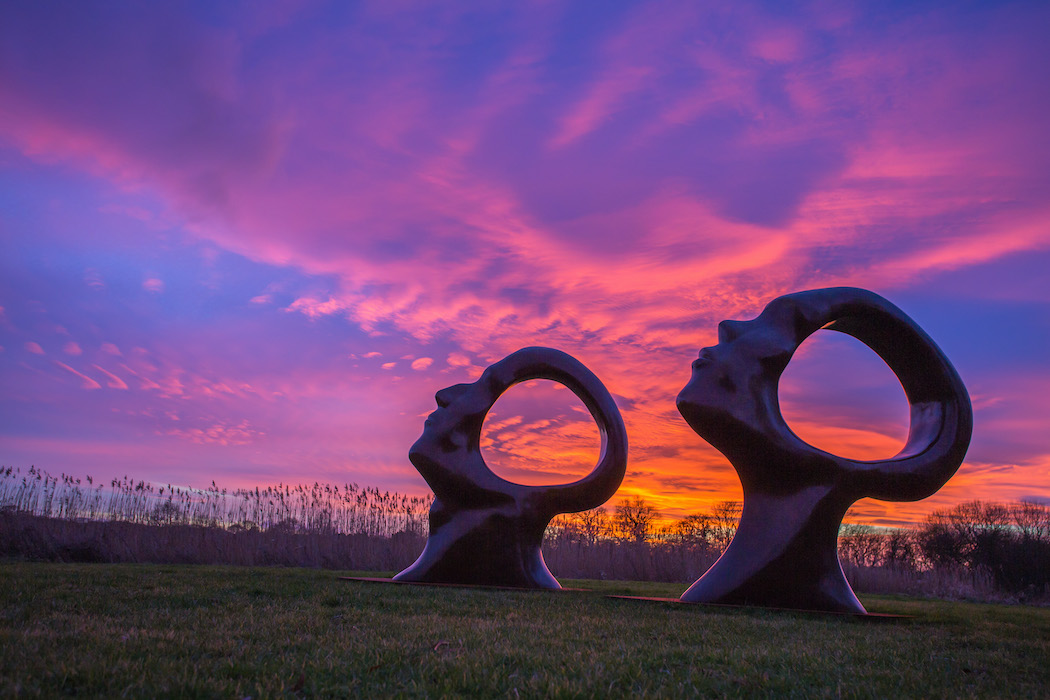
Pablo Picasso once said the role of art is to “wash away from the soul the dust of everyday life”. The Spanish painter, sculptor and changemaker was born in Malaga in 1881, raised in Barcelona and spent most of his adult life in France: Paris, where he helped shaped the great artistic movements of the 20th century, and Mougins, where he died aged 91.
The artist is best known for his prolific genius and fearless variation of style, but his work was profoundly affected by the tumultuous times through which he lived: the suicide of his friend Carles Casagemas, the impact of the First World War on his anarchic French compatriots, the Great Depression that followed and the Nazi occupation of Paris during the Second World War – where he remained despite the dangers presented by his outspoken left-wing politics. And, of course, the Spanish Civil War, which inspired his most famous work, Guernica (1937), still considered one of the most powerful anti-war paintings in history.
“What do you think an artist is?” Picasso asked. “He is a political being, constantly aware of the heart-breaking, passionate or delightful things that happen in the world, shaping himself completely in their image. Painting is not done to decorate apartments. It is an instrument of war.”
It’s perhaps this notion that has seen the world’s contemporary artists and galleries take up arms in the light of the Covid-19 pandemic. From the Louvre Paris to MOMA New York, galleries have offered unprecedented virtual access, while individual artists are engaging in social media showcases and digital workshops that reveals their methods like never before. In the UK, The National Gallery, British Museum, and Royal Academy of Arts (which extended its popular Picasso & Paper exhibition online) are among the institutions embracing virtual tours.
“The National Gallery has weathered many national emergencies and provided solace and respite for people in Britain and all over the world for almost two centuries,” says Caroline Campbell, director of the gallery’s collections and research. “Our current online activities, including talks and creative sessions, are partly inspired by the gallery’s activity during the Second World War, when it was one of the few places in London where you could find a programme of cultural activity.” >>
Related: Five of the best US virtual museum tours for your international culture fix

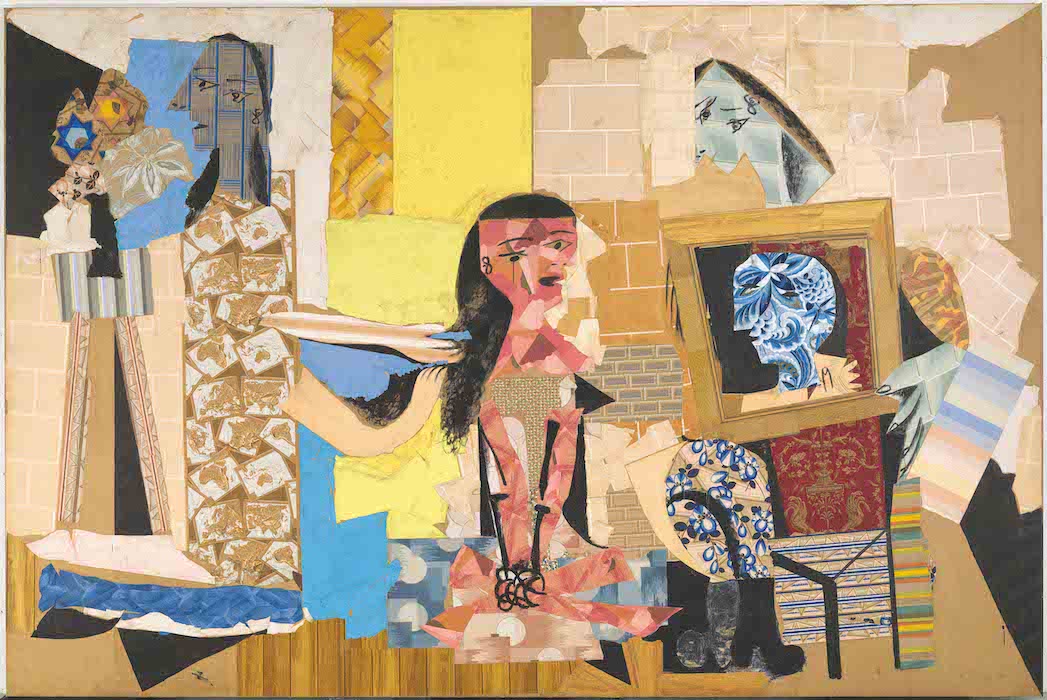
SPIRIT OF RESILIENCE
This sense of public cultural duty might seem at odds with the exclusive openings or ticketed exhibitions that have become the mainstay of many galleries in recent years but, to Campbell, the jump to open access is a natural move given the vital role of art during times of crisis.
“As a curator, it’s inspiring to see our digital initiatives are giving great joy to people and helping to foster a resilient spirit in these challenging times,” she says. “With digital resources we can give people the chance to treasure great art, and make it their own, by looking at and reflecting on it in their homes.”
For Opera Gallery, a leading international dealer and representative of artists including David LaChapelle and Anthony James, there is the additional question of investor behaviour: how will art collectors respond to digitalisation?
“Many galleries had already begun a digitalisation of their content, and this crisis has accelerated the process. Galleries and art fairs that developed interesting and engaging digital contents over the past years will be rewarded,” says the gallery’s London director Federica Beretta. “We have seen an increasing number of online exhibitions easily accessible to a broader public, and this is definitely an interesting aspect of this situation as it’s providing a more accessible and democratic way to appreciate art. I think this was very much needed in the art world – it will certainly speed up the digitalisation and online selling process.”
With 13 Opera Galleries operating worldwide (including New York, Paris, Monaco, Singapore and Dubai) Beretta notes that, rather than a reluctance to invest, collectors are instead merely changing behaviour.
“In times of crisis, [collectors] often wish to diversify their portfolio and decide to place part of their revenues in established artists with a strong and stable art market value, such as Picasso, Warhol, Basquiat…” >>
Related: The art galleries and theatres bringing London culture into our living rooms during lockdown
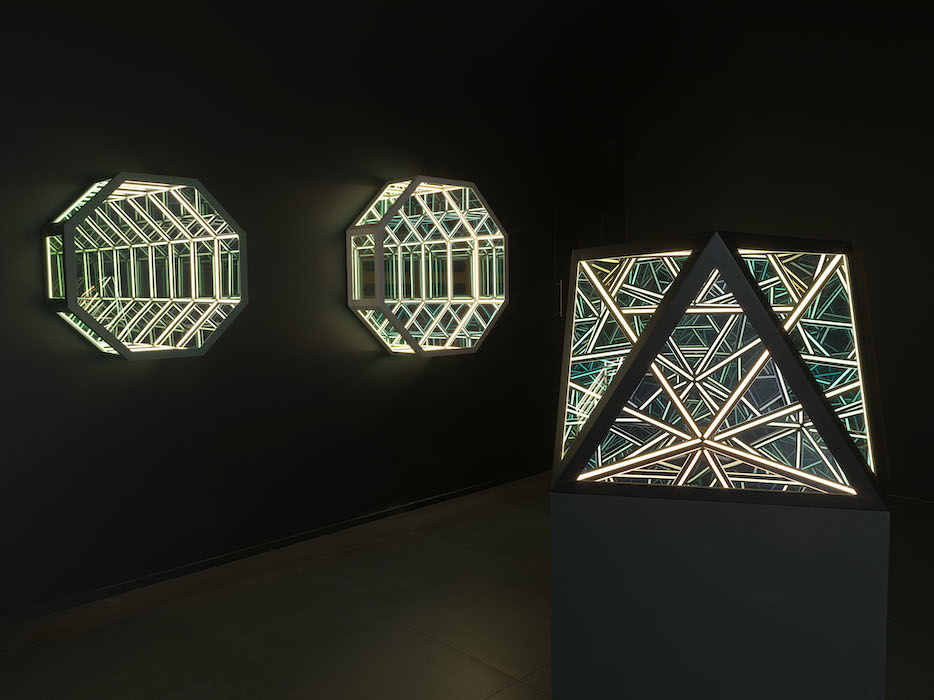

Elio D’Anna, gallerist of London’s House of Fine Art (HOFA) and co-founder of investment-driven virtual exhibition ARTCELS, adds that the art world is currently “a buyer’s market”. “As has been seen in previous periods of uncertainty, the art market has the ability to self stabilise remarkably quickly compared to others, and it will be the online art platforms such as ARTCELS that will thrive in this period of self isolation,” he tells Tempus.
HOFA had moved to a new 4,000sq ft gallery on Bruton Street and was planning its grand opening when lockdown began. It immediately orchestrated a series of virtual exhibitions, including ‘Here and Now’, using state-of-the-art technology to create accurate 3D representations of the works. Simultaneously, ARTCELS was launched by D’Anna and commodities trader Gijs de Viet in May with an innovative, entirely digital exhibition, XXI, featuring rare and unseen works by blue-chip artists including KAWS, Damien Hirst, Retna, Jeff Koons and Banksy. The first ever asset-based contemporary art exhibition, XXI aims to capture a younger market eager to invest in contemporary art for the first time, offering investors shares in famed artworks.
“Core to ARTCELS’ investment strategy is expert insight on art and market trends.” D’Anna says. “The response from [artists and the public] has been hugely enthusiastic. The most important thing is to bring some light into these otherwise dark days of the lockdown. It’s a small way of helping the global art community come together and connect in a positive way.” >>
Related: Maddox Gallery champions emerging female artists with new 'HerStory – Women in Art' exhibition
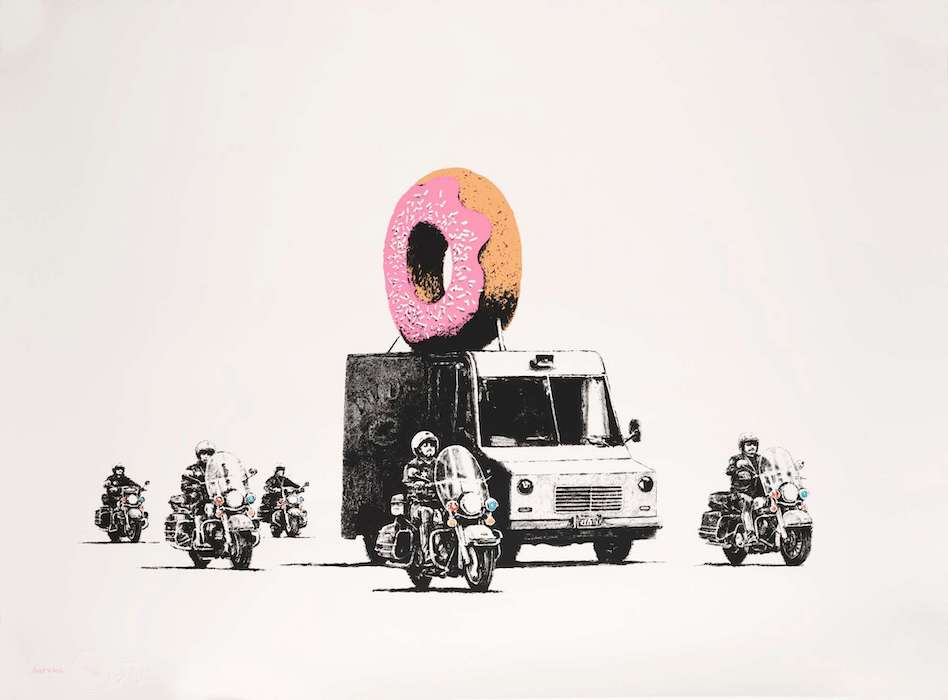
CRAFTED FROM CHAOS
If tech-savvy galleries have been focused on providing digital access for the public during the lockdown, artists themselves have been eager to share new works, too.
David Hockney shared 10 of his most recent iPad-drawn works from where he was isolating in Normandy; Damien Hirst created a rainbow with butterfly wings in tribute to NHS workers, making it available to download and display; and Banksy’s poignant tribute to the NHS was given as a gift to Southampton General Hospital in May, depicting a child playing with a nurse doll, Batman and Spider-Man toys discarded in a wastepaper basket. The artist included a note for hospital workers that read: “Thanks for all you’re doing. I hope this brightens the place up a bit, even if it’s only black and white.”
With so many artists eager to share their support for medical personnel, Mayfair’s Maddox Gallery launched Art for Heroes with the goal of raising £2m to benefit NHS staff through the sale of pieces donated by 30 contemporary artists, including photographer David Yarrow, street artist Mr Brainwash, contemporary Spanish artist Coco Dávez, plus Grayson Perry and famous names Boy George and Noel Fielding. Proceeds are donated to HEROES, a charitable organisation founded by NHS doctors and nurses to support the welfare and wellbeing of frontline staff.
“Like everyone in the UK, I feel enormous pride as well as a sense of huge debt to the NHS. They are the heroes not just of my generation, but every generation that is living through this global pandemic,” says Yarrow. “The debt of gratitude we collectively owe our frontline workers has never seemed so high.” >>
Related: UK artist Magnus Gjoen is inviting fans to create their own masterpieces in lockdown

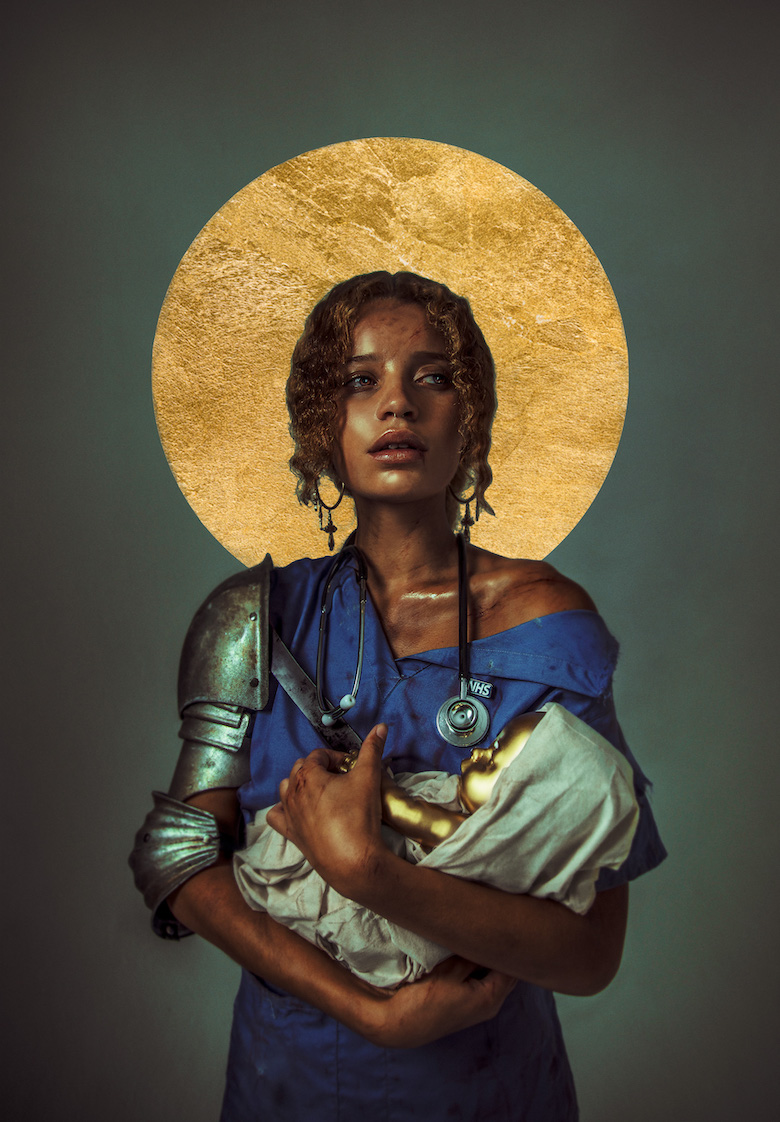
For other artists, the potential impact of isolation has been a primary motivator. Sir Antony Gormley, best known for his towering Angel of the North, shared a visual diary with White Cube Gallery, documenting his work during lockdown, including a miniature of his 1986 sculpture Hold and the destruction and reconstruction of metal ‘apples’. “I suppose I was trying to make an objective equivalent for the state that we’re all in,” he said.
Magnus Gjoen, whose fans include Kate Moss and The Duchess of Sussex, launched his ‘art therapy’ project to invite budding artists to complete prints of his best-known works, explaining: “One can always get lost in beauty and art, it takes your mind away from the current and offers solace and escape.”
For sculptor Simon Gudgeon, connection to nature has always been an intrinsic part of his work, much of which is on permanent display at Sculpture by the Lakes – a 26-acre park in Dorset created by Gudgeon and his wife, Monique.
“Nature is a constant source of inspiration,” he tells Tempus. “Walking here in the evening is quite extraordinary at the moment; there is no background hum, no noise – you can’t hear anything except the incredible birdsong. This crisis is a crisis for human beings only. The rest of the world isn’t being affected.”
Unable to cast in his preferred bronze during lockdown, Gudgeon has been experimenting with ‘spare’ metals during the pandemic. His latest works – three 4m steel swallows – will stand as a tribute to the resilience of humans and nature alike when the park reopens on 3 June.
“Looking back over history we have lurched from one crisis to another and art has always helped people get through – it will be interesting to see what comes out of this time,” he says. “As an artist my interpretation of the artwork isn’t as important as the effect the art has on others; it is how the viewer responds, how art uplifts their spirits and connects with their emotions – that is what matters.”


